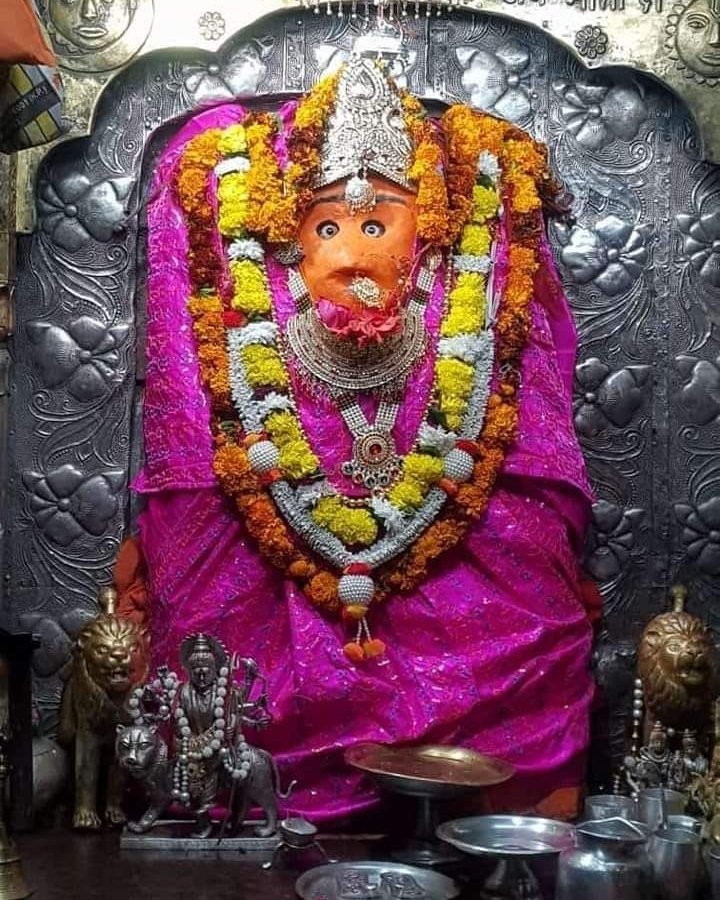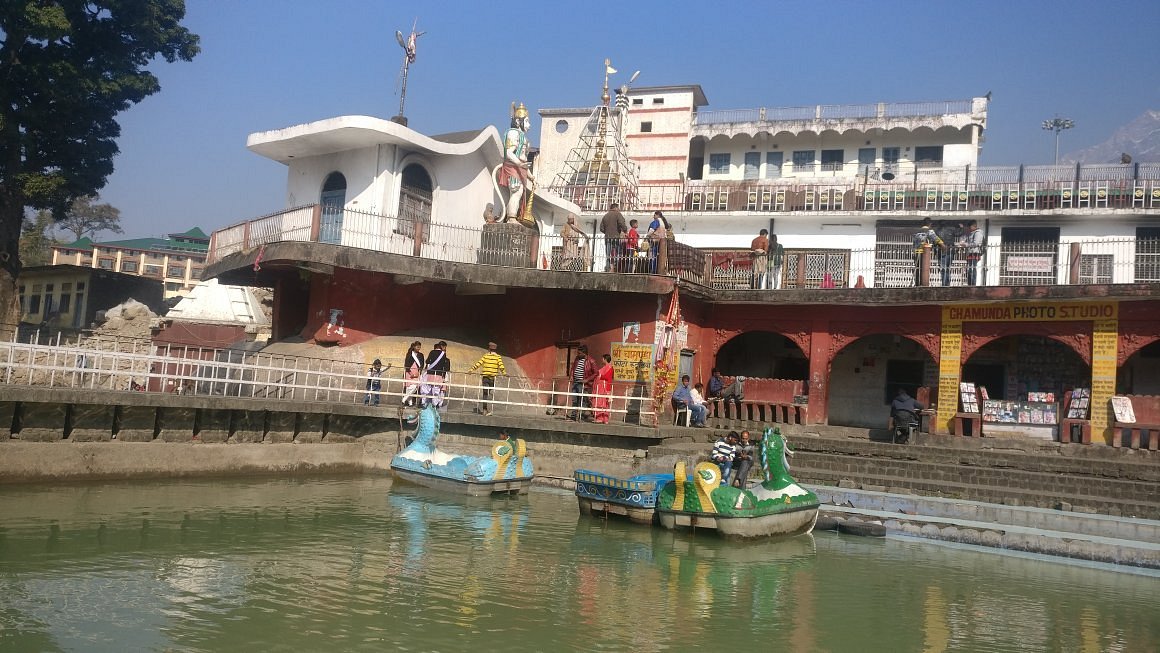Chamunda Devi Temple, also known as Chamunda Nandikeshwar Dham, is a revered shrine in Kangra district of Himachal Pradesh. Situated approximately 10–19 km from Palampur and around 15 km from Dharamshala, the temple stands on the banks of the Baner River, offering panoramic views of the Dhauladhar mountains. The sanctuary is dedicated to Goddess Chamunda, a fierce form of Durga or Kali, believed to have slain the demons Chanda and Munda, from whose heads her name is derived.
Legend and Origins
According to local lore, the original temple was perched atop a remote hill known as Aadi Himani, making it difficult for worshippers to reach. Around 400 years ago, a king and a Brahmin priest prayed to the goddess to relocate her idol to a more accessible site. Devi is said to have appeared in the priest’s dream, directing him where to dig and recover the sacred idol. Only when the priest followed the instructions with respect was he able to lift the idol and install it at the current location. Since then, the temple has become a major pilgrimage destination.
Chamunda emerged in Hindu scripture as a form of Kaushiki or Kali, created specifically to eliminate the inauspicious demons Chanda and Munda, generals of the demon kings Shumbha and Nishumbha. She is celebrated in the Devi Mahatmya and considered one of the powerful Matrikas of the Shakti tradition.
Temple Architecture and Features
Though the present structure is relatively modern, the shrine maintains traditional Himachali architecture. The main idol of the goddess remains completely wrapped in red cloth, flanked by fierce images of Lord Hanuman and Bhairav, who are regarded as guardians. Murals inside depict scenes from epic tales such as the Mahabharata, Ramayana, and Devi Mahatmya. A sacred Shiva Linga resides in a cave beneath a large boulder at the rear of the complex, symbolizing her union with Shiva—hence the name Chamunda Nandikeshwar Dham. The temple courtyard also features a water tank (kund) where pilgrims bathe before darshan.

Religious Significance and Festivals
Devotees believe that any sincere vow made at Chamunda Devi Temple is fulfilled. The shrine draws large crowds, especially during Navratri and the annual Chamunda Devi Fair in April. Rituals include the chanting of the Shat Chandi mantra and repeated recitations of hymns in praise of the goddess. The atmosphere during festivals is charged with devotion, local music, sweets distribution, and cultural performances.
Visiting Information
- Best time to visit: Spring and autumn during Navratri offer ideal weather and cultural vibrancy; summer mornings are pleasant, but monsoons bring heavy rainfall.
- Access: The temple is easily reached by road from Palampur (~10 km) and Dharamshala (~15 km). It is well connected by buses and taxis.
- By rail: The nearest narrow-gauge railway station is Moranda near Palampur (~30 km), while Kangra station (~14 km) lies on the Kangra Valley Railway network. For broad-gauge travelers, Pathankot Junction lies about 90 km away.
- By air: The closest airport is Kangra Airport (Gaggal), approximately 25–28 km away, with daily flights to New Delhi and Chandigarh.
- Facilities: The temple complex includes lodging, temple guest house, an ayurvedic dispensary, a library, and a Sanskrit college.
Key Takeaways
- Chamunda Devi Temple is not traditionally counted among the 51 canonical Shakti Peethas in ancient texts, but it is revered widely and included in local circuits of major Shakti temples of Himachal.
- The shrine epitomizes both spiritual lore and historical devotion, blending mythology with community reverence.
- Its serene hilltop location, mythic past, and annual festivals make it a significant destination for devotees, tourists, and seekers alike.
Chamunda Devi Temple remains a sacred symbol of feminine power and protection, continuing to inspire faith and devotion in the hills of Himachal Pradesh.





